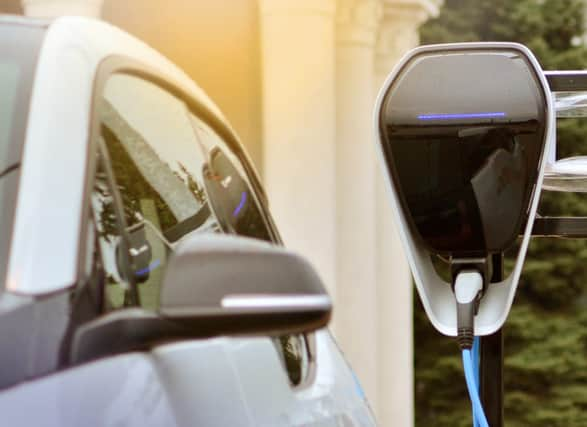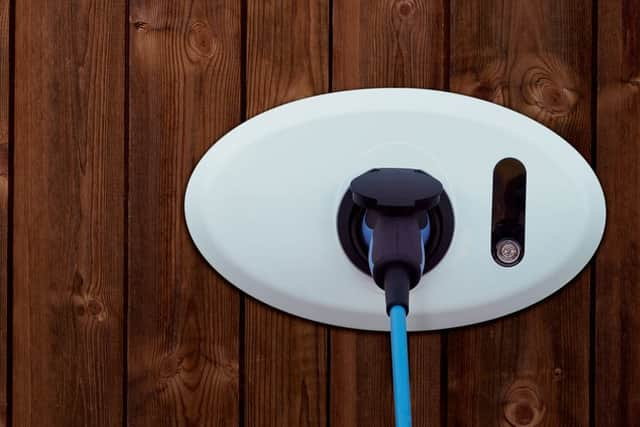Home EV charging explained: from wallboxes to kW and cables to costs


By 2030 all new petrol and diesel cars will be banned and we'll all be swanning around in electric cars. That’s the theory anyway.
Obviously, many people will still be using ICE vehicles in 10 years’ time but there’s no doubting the rise of the EV.
Advertisement
Hide AdAdvertisement
Hide AdWhile debates rage about the roll-out, speed and price of public charging points, it is estimated that the average EV owner does 80 per cent of their vehicle charging at home.
So it’s important to understand that process, from the home charger hardware to the charging speeds and costs associated with home charging an EV.
Here, we break down the basics of home charging and give an insight into the process of having a system fitting.
What is a wallbox?
Wallbox is the industry term for a purpose-made EV charger fitted at your home or place of work. Usually these are fitted to the external wall of your house or garage but can also be fitted internally in a garage or mounted on a free-standing post.
Advertisement
Hide AdAdvertisement
Hide AdThe benefit of these standalone chargers is that they will charge an EV far faster than a standard domestic plug socket - up to three times faster. They are also weatherproof and a far neater solution than trailing a cable out of a garage door or window.

